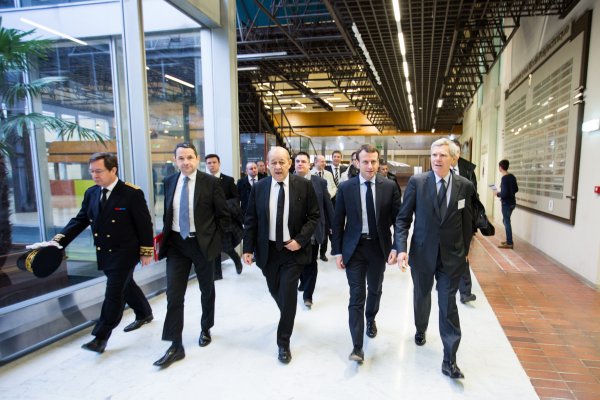Business Culture: Business Attire
Climate and Region
Understanding the four major climate zones in France is the key to a well-packed bag. A temperate climate with cool summers and mild winters is found in the west near the Atlantic coast in Nantes and Brest, where rainfall is common for half the year. Light- to mid-weight clothing is appropriate for summer time, and waterproof outerwear is essential in all seasons, as is an umbrella.
A midlatitude Continental climate brings hot summers and colder winters to the interior region, including Paris, the capital city. Layers are the key from May to September. Light cardigans or sweaters over short sleeves are a good choice in late spring and in summer.
A mountain climate to the east is influenced by altitude, and winters are generally cold and long. The weather in the French Alps varies from abundant precipitation, low temperatures, and cold winters, in Savoy to the north of the mountainous region, to sunshine, dry weather, and clear skies in the south, around Provence and the Côte D’Azur. Cities and towns at higher elevations are the only areas in France that regularly receive snow in the winter. Travelers to Briançon and Strasbourg should remember hats, gloves, and heavy overcoats if traveling between December and February.
A Mediterranean climate zone prevails in an area 20 to 60 kilometers (12 to 37 mi) wide along the southern coast, which borders the Mediterranean Sea. Cities like Toulon and Nice are characterized by hot, dry summers and mild humid winters. Light cotton clothes make excellent summer wear, but always bring raincoats and waterproof clothing. Bring a sweater for evenings in any region.
The mistral, a strong, cold, and usually dry wind, occasionally blows in from the north or northwest all the way to the coast of the Mediterranean. It commonly lasts for a few days, but sometimes lasts more than a week. Wind-resistant jackets are a safe choice when traveling in spring and fall, when the mistral is strongest.
Meetings and Presentations
Despite France's position as one of Europe's fashion hotspots, business wear remains conservative and refined. Dark, well-tailored suits and ties for men and suits, dresses, or classic coordinates in subdued colors for women are the best choices. Women do not wear pants, unless they are part of a suit, in the business arena. The manner of dress should be formal for at least the first meeting, though it will vary depending on the personality of the company with which you are doing business.
Fashionable cuts and styles are becoming more common among younger business professionals. This is acceptable so long as the suit is well tailored, made of high quality material, and is not a loud or flashy color.
Choose high-quality suits and garments and well-made accessories that indicate style, but that are not flashy or overbearing. French women understand the versatility of a well-made scarf.
For women, stockings in the summer are optional. French women do not wear them in warm weather.
In the south, sports jackets and ties are common. When in doubt, choose a matching jacket and trousers, and remove your tie if your counterparts are not wearing one.
Social and Networking Events
Although for some social situations dress can be more relaxed than in a formal business environment, senior executives tend to stay with the same formal dress despite the event.
If an invitation says “informal dress,” assume this means tastefully coordinated business-casual attire. For men, this includes wearing jackets. The sweatpants and track suits worn casually in other countries are never worn outside the house in any region of France.
The French are conscious of their appearance and of yours. Invest in well-tailored clothing in patterned fabrics and dark colors—avoid bright colors. French businessmen do not loosen their ties in the office, and people do not remove their jackets in offices or restaurants.
Article written for World Trade Press by Jessica Kirby.
Copyright © 1993—2024 World Trade Press. All rights reserved.

 France
France 



